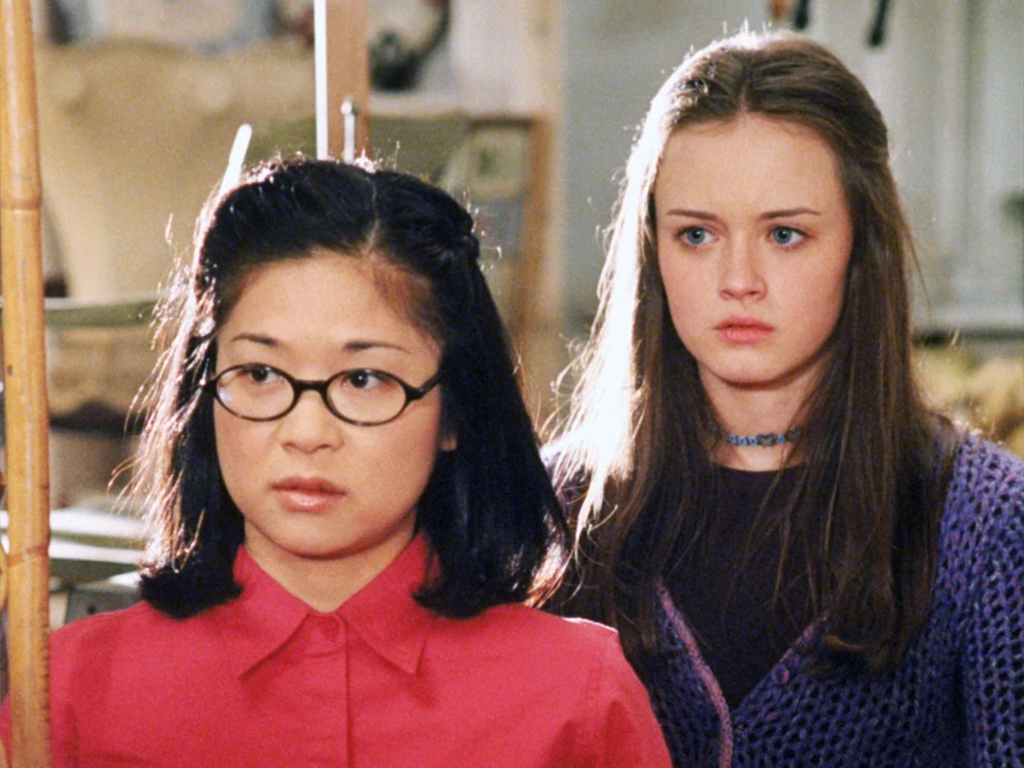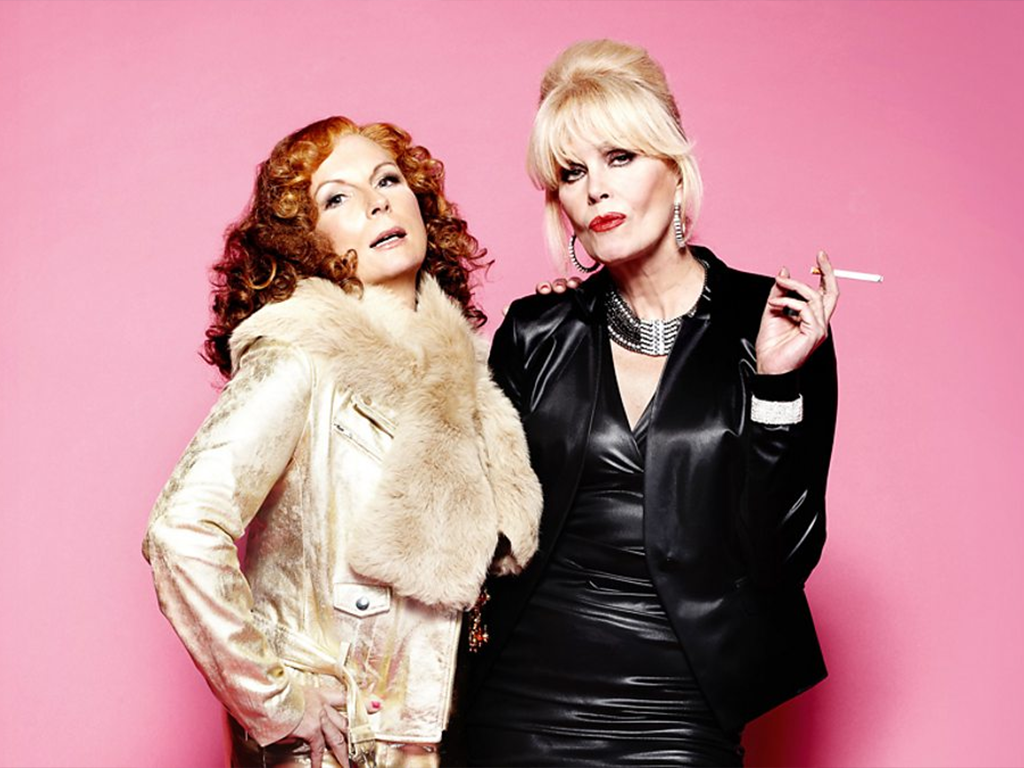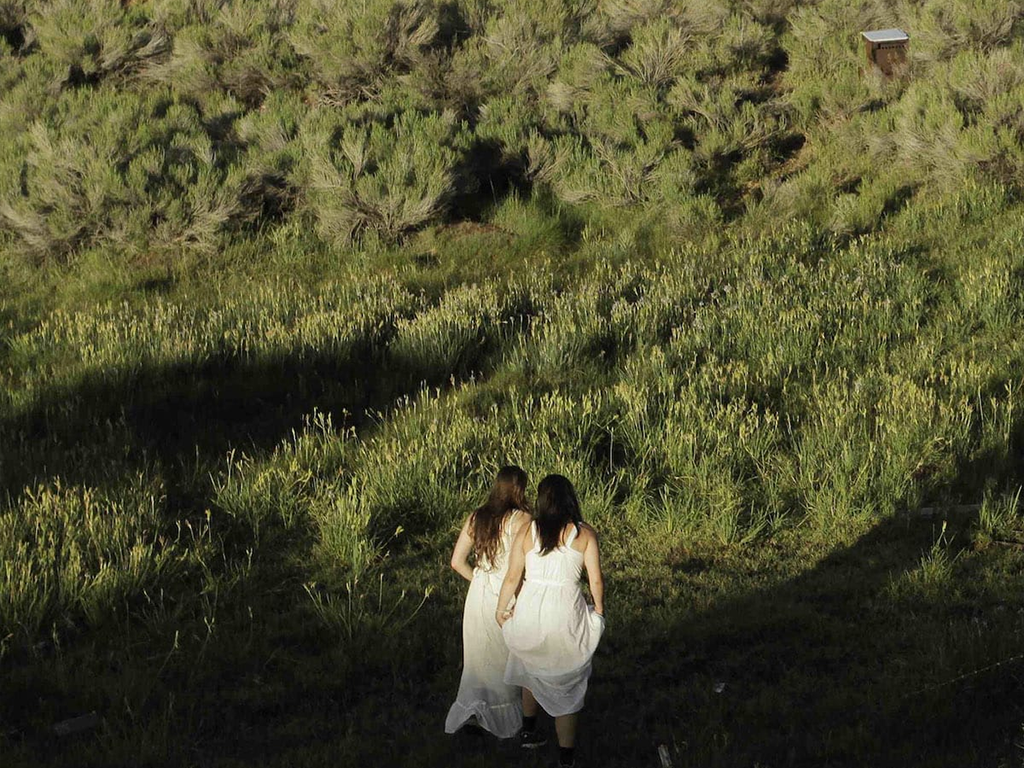[The] mountain air has revivified me! I had a great time in Switzerland hanging with my brother, hiking, driving the various mountain passes, and screaming with delight each time I saw donkeys. Hearing about other people's vacations is boring, so I'll just give a quick overview of random standouts:
- Extremely orderly wood piles to the point where I'm now convinced the government fines every slob who dares attempt a haphazard stack.

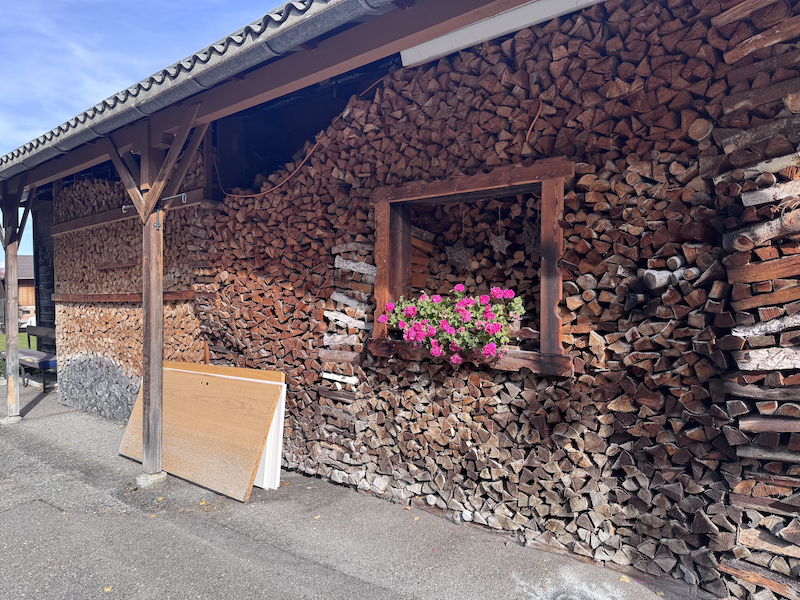
I anticipate a winter wood pile glow-up in my future.
- Cheese vending machines. 24/7 cheese access – must I say more?
- All the animals. Aside from the donkeys, we saw birds (Alpine Chough, Rock Ptarmigan, Common Chaffinch), cows, cats, sheep, goats. You name it, they were around in some capacity.
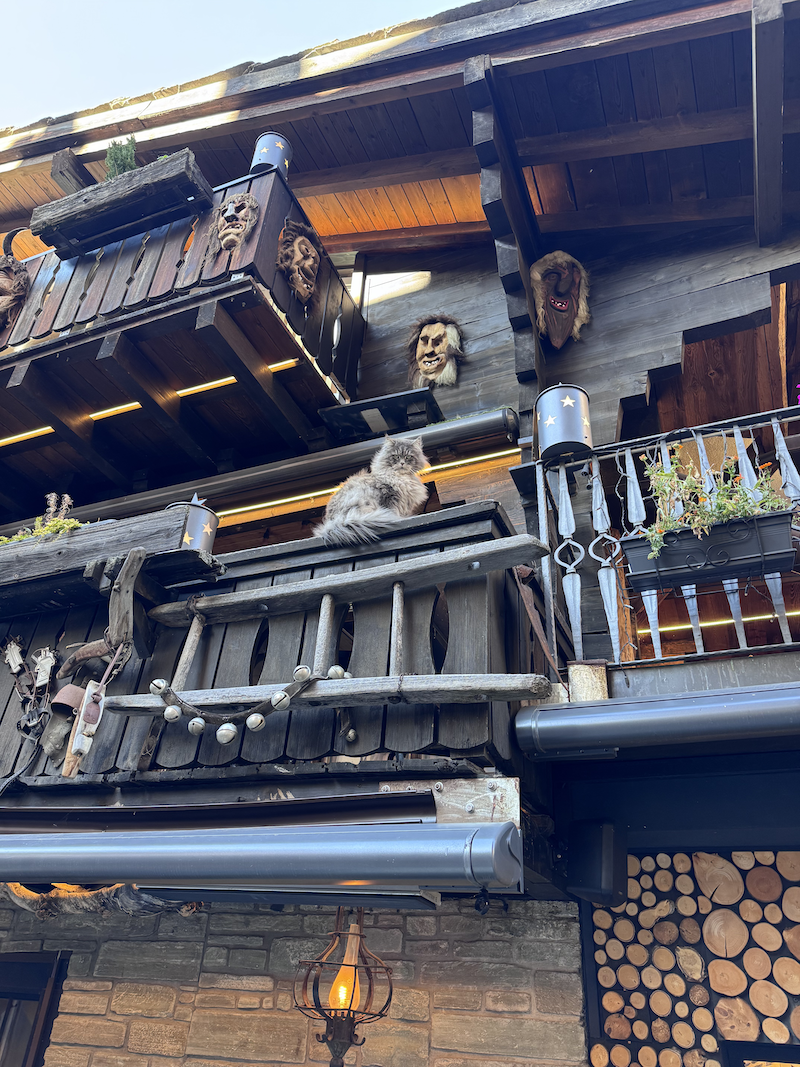
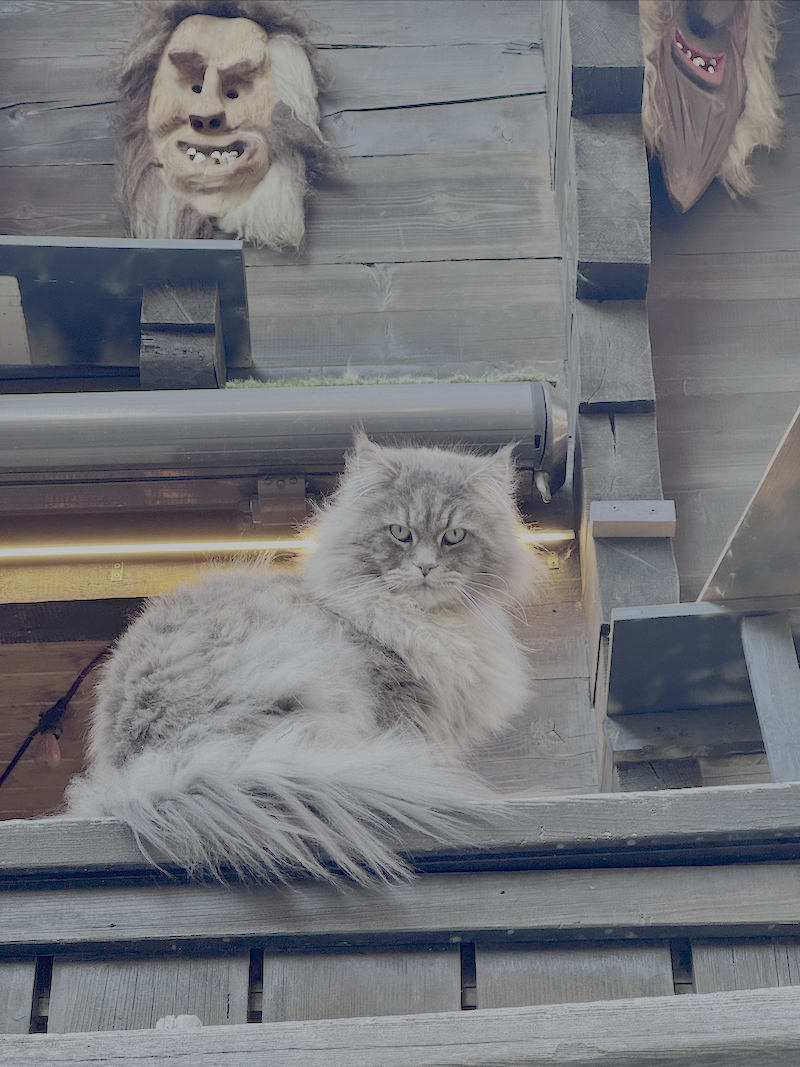
My lame "pspsps" failed to lure this Zermatt beast from his perch.
- These unhinged celebrity portraits on a carnival slide in Lucerne. Please tell me who you think they're supposed to be in the comments. My husband says bottom right is Glen Powell 🤷🏼♀️ Did Cecilia Giménez do these?
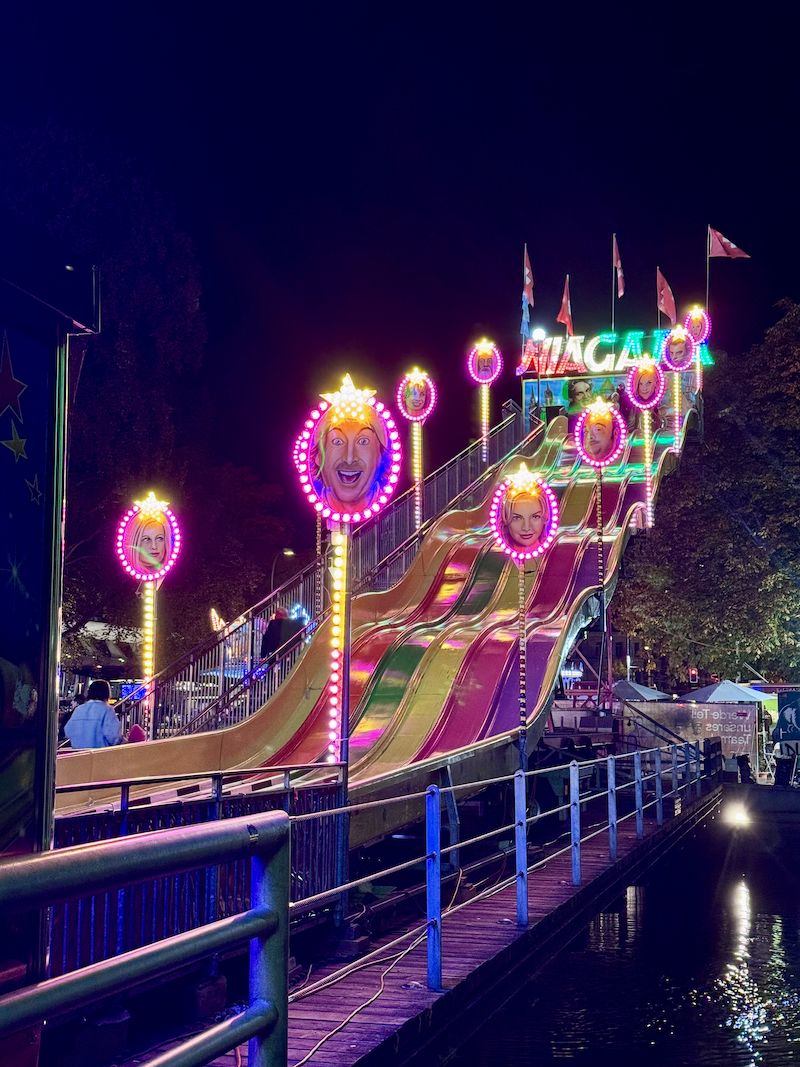
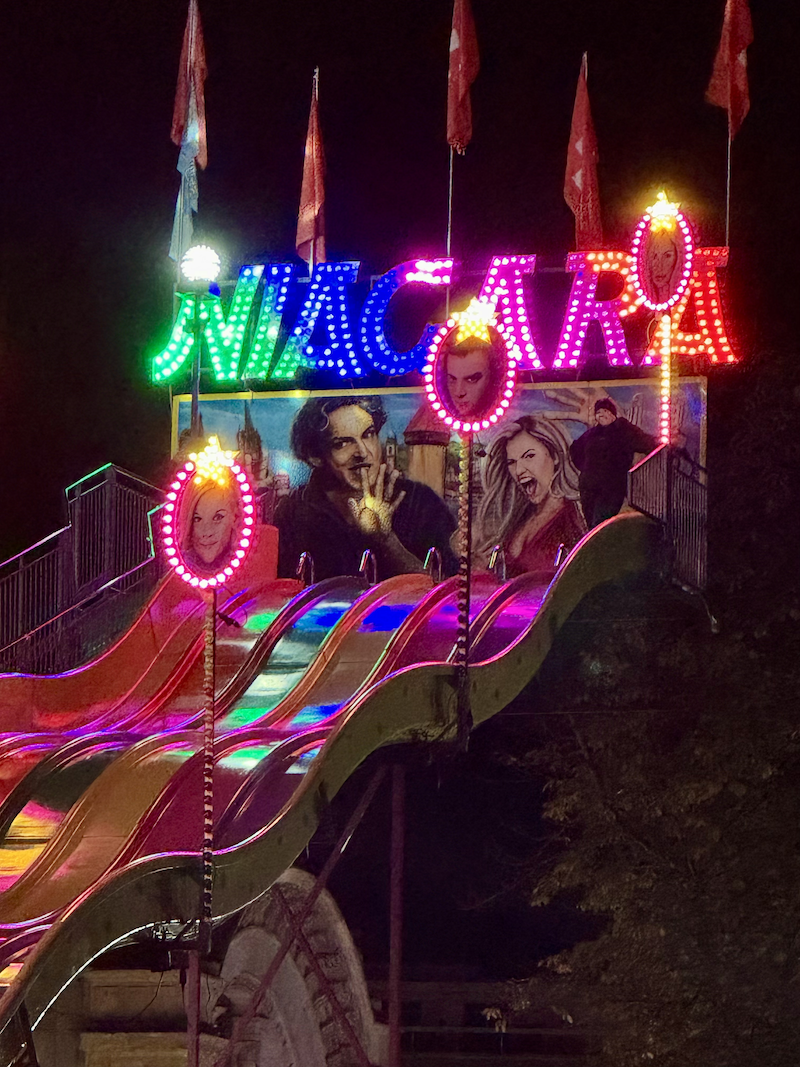

I feel confident about Reese Witherspoon (3rd down on the right), Gandalf/Ian McKellen (top left), and Sandra Bullock (down from Ian). Maybe Paul Giamatti below Reese? Then obviously Macaulay Culkin and Spock, for some reason.
- The infrastructure. Even backroads are pothole free, public transit is excellent, people follow traffic laws (c/o income-based fines). Is it a little insane that you can only use official, taxed trash bags and can't flush the toilet after 10pm? Yes, but it might be worth it for the peace/quiet/order.
If I had one major criticism, it's that the food is nothing to write home about, especially if you're coming from a major city. I had three great meals during the trip (Onkel Tom's Pizzeria und Weinlokal and Golden India in Grindelwald, Grottino 1313 in Lucerne), but everything else was immediately forgettable. By the end, all I wanted to eat was salad because my body was practically screaming, "JFC, NO MORE CHEESE." If/when I go back, I'll probably skip restaurants entirely and just buy groceries.
Two weeks ago, I promised the next one of these would be a fun palate cleanser; however, that was a lie. This week is business as usual and next week will be some "Gilmore Girls" fall extravaganza fun. If you have any ideas re structure, please let me know. I'm thinking I'll do five outfit deep dives a la Tom and Lorenzo's Mad Style or maybe some hot takes in the vein of this Instagram post. I'm too tired to come up with ideas of my own, so let me steal your brain juice.
Once again, I must shake my fist at everyone who let me get to this advanced age without reading Caroline Blackwood. She is one of the darkest, most depraved bitches I've ever come across and I mean that in the most complimentary way possible. "The Stepdaughter," her first and shortest novel, is the perfect toe dip into her work because it is exceptionally bleak/challenging and you can easily read it in one sitting. If you can get through the narrator's unrelenting stream of child abuse/neglect, fatphobia, and self-loathing without putting it down in disgust, you'll know she's your kind of author.
The novel's structure is epistolary, telling its story through the "demented letters in [J's] head" written to someone called "So and So." J, a recent divorcee, lives in a swanky Upper West Side apartment with her toddler, Sally Ann, a French live-in maid/nanny named Monique, and her ex-husband Arnold's teenage daughter, Renata. Why does her ex's daughter still live with her? Well... that's a point of contention, along with the primary source of her rage. Most of J's letters to So and So revolve around her hatred for Renata, someone she describes like this:
She had the pathos of those hopelessly flawed objects which one often sees being put up for sale in junk shops. She gave the immediate impression of having something vitally important missing. She reminded me of some tea-pot with a missing spout, a compass that had lost its hands, an old-fashioned record that has had all its grooves badly scratched. She had a tense, half-apologetic, half-defiant expression on her face, which made one think that she herself felt that she had some kind of vital deficiency which made it unlikely that anyone could ever want her. The thing that Renata lacked so painfully was the very smallest grain of either physical or personal charm.
Not only would J win RuPaul's Reading Challenge, she'd lead all the other contestants to suicide. If you think the above passage is cruel, brace yourself for everything involving Renata's weight. What makes J more than a quintessential evil stepmother is her self-awareness. On some level, she understands Renata is not the problem and that, through her bitterness and inability to truly self-examine, she's turned her into the scapegoat for her current life dissatisfaction. It's fascinating to spend time in J's head and experience her plodding evolution toward maybe not accountability, but at least a tiny shred of empathy.
Blackwood is one of those well-connected writers from an aristocratic family who had an interesting life that was publicly defined by all the famous men she fucked (Lucian Freud, Robert Lowell, Israel Citkowitz, Ivan Moffat). Blackwood's acquaintances have speculated that "The Stepdaughter" was modeled on her relationship with her oldest daughter, Natalya, who died at the age of seventeen after getting wasted and cracking her head open in the bathtub. If that doesn't intrigue you, you're a better, less gossipy person than me.
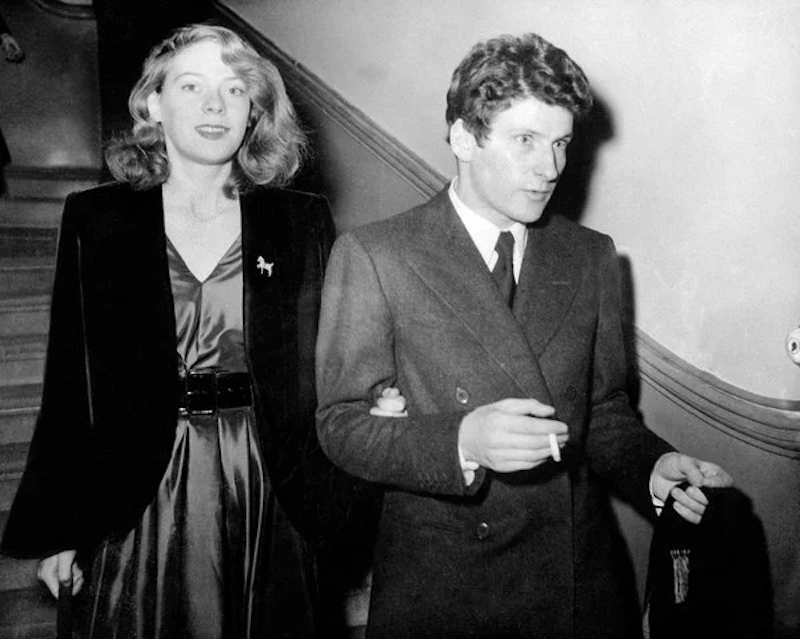
Read if you like: Catherine Breillat films, Muriel Spark, Barbara Comyns, Patricia Highsmith, negative self-talk, r/RegretfulParents.
"Notting Hill" is one of my favorite 90s romcoms not because it's good, but because Julia Roberts and Hugh Grant are at peak hotness. Unfortunately, Julia's signature curls are absent, but we do get Hugh as a bespectacled travel bookstore proprietor who says "whoopsie-daisies," so it's hard to complain. Although I did finally start "Swann's Way," I also watched this movie on my flight back from Geneva. I hadn't seen it in a solid decade and I was pleased by how well it held up, especially when paired with the mild psychosis that comes with sleeping poorly two nights in a row.
The premise, for any young'uns not in the know, is simple: Anna Scott (Roberts) is an American movie star who has a meet-cute with William Thacker (Grant) when she stops by his store and buys a book about Turkey that he describes as "really not good." They have an instant spark, nothing happens, and then he runs into her again (literally), spilling cappuccino all over her white shirt. He takes her back to his conveniently located Notting Hill flat, which he shares with an oddball roommate named Spike (Rhys Ifans). Thus sparks a love affair that would be boring as shit if both people involved weren't absolutely dripping with sex appeal and charisma.
What I completely forgot is how much of an asshole Anna Scott is. She routinely makes William debase himself for her (Horse and Hound), neglects to mention her boyfriend (Alec Baldwin is in this, wtf), and never once gives him the benefit of the doubt even though he does nothing to throw his sincerity into question. She deserves to be alone, and she probably would have been, if not for her perfectly delivered "I'm just a girl" speech. Compare her to William's friends, married couple Bella (Gina McKee) and Bernie (Hugh Bonneville), who don't get much character development but are clearly in it for the long haul, and her brattiness is difficult to ignore. Even so, she's hot, William's hot, and I'm sure their unborn child is likewise hot, so I must give my stamp of approval.
If I haven't convinced you, Ralph Jones mentions yet another excellent reason to watch this movie:
It makes toast look delicious. That’s one of Notting Hill’s finest achievements – along with making dating a movie star look realistic. On several occasions a character eats a piece of toast – always rushing to do something else – and you think: “Yes, toast is the best food we have. I’m now going to make some toast.”
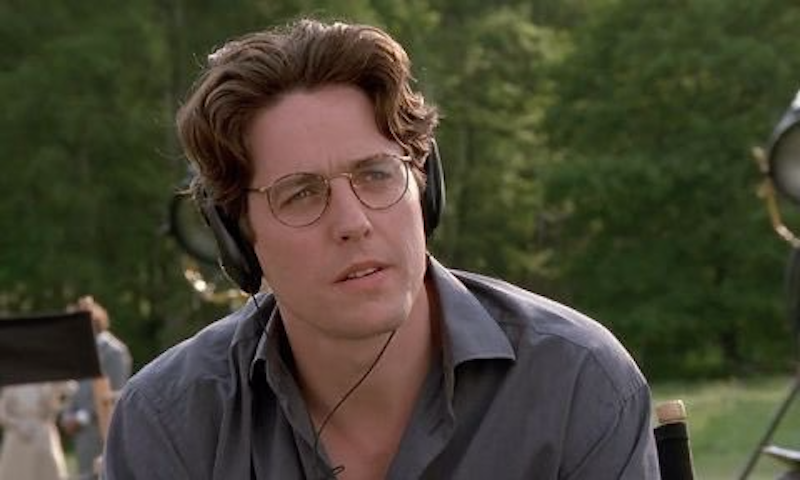
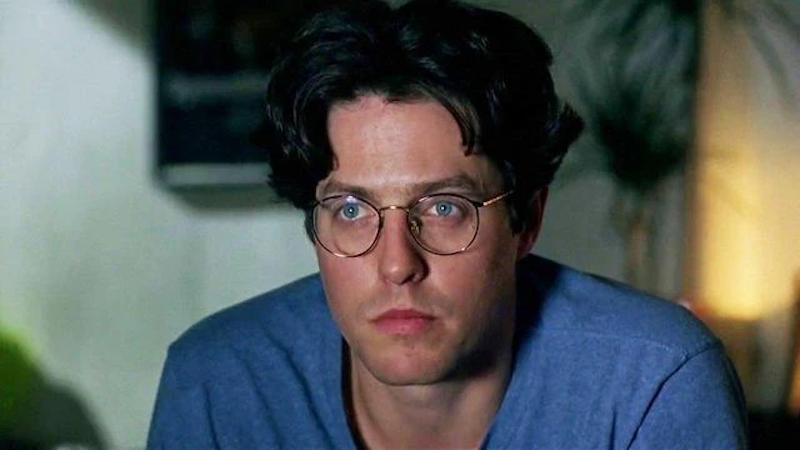
SLUTTY. LITTLE. GLASSES.
Watch if you like: Bad scripts offset by actors' razzle dazzle, 90s fashion, "This Kiss" needle drops, remembering how much simpler things were pre-cell phones, the inherent romance of bookstores.
I finished rewatching "Mad Men" and now all I can think about is how much I wish I had a couple thousand dollars to spend on lamps. If you know me in real life, you're probably aware that lamps are one of my many vices. I could have five for each room and that still wouldn't be enough. I refuse to use the disgusting overhead lighting, so I need a plethora of options for my low watt/warm bulb lifestyle (2300k or bust). Every few years, I give myself a wild goose lamp chase to keep my life interesting. At one point, I was hunting for these lamps from Sam's house in "Better Things":
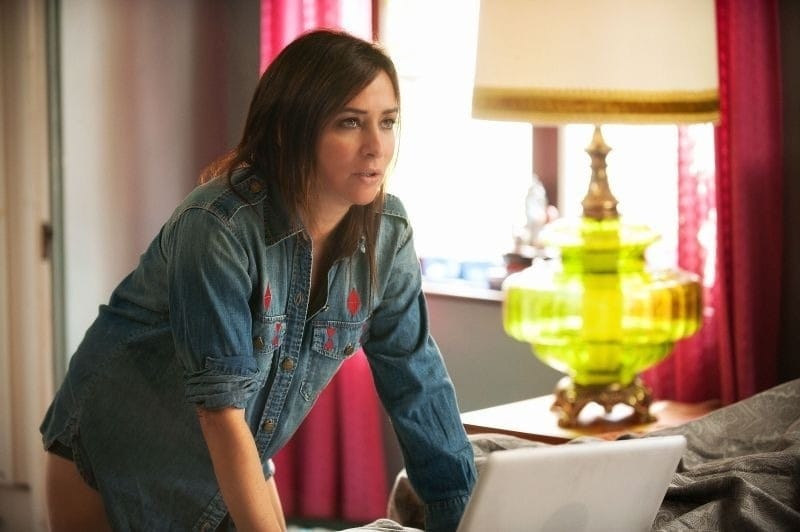
My favorite thing about them is the 3-way switch that allows you to light just the glass bottom, just the top, or both simultaneously. The company behind them is EF & EF Industries, a popular Chicago-based manufacturer that made a lot of Hollywood Regency and MCM designs in the 60s and 70s. When I moved from Ann Arbor to New York, my biggest fear was that they would get crushed. The blue pair made it to my new bedroom completely unscathed until a stupid/tragic accident involving a mattress dented both the shades. They're still usable and currently reside in my dining room with the damaged side facing the wall, but the FB Marketplace find of the century is slightly tainted by my idiocy.
My 2025 post-"Mad Men" quest is for the Fase President S/C Desk Lamp in Don's office circa S4-6. Several of these lamps are currently available online for the bonkers sum of $1k+. I could irresponsibly buy one now, or I could hold out hope that someone cool dies and lets their stupid relatives handle the estate sale. There is no greater high than stumbling onto one of these and finding a rare MCM treasure undervalued by people too busy grieving to perform a routine Google search. Am I a bad person for benefiting from misfortune? Idk, but I hope treasure hunters take advantage of my loved ones (army of cats) in similar fashion when I'm dead.
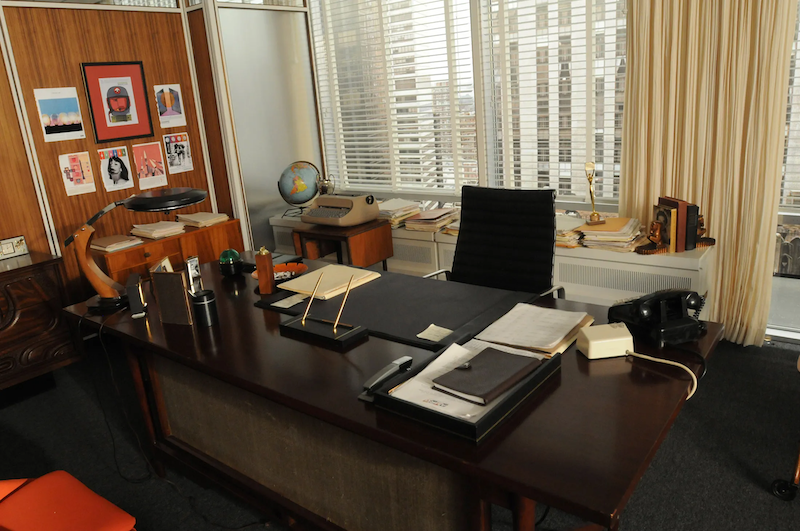
Prior to my trip, I wasn't familiar with Alois Carigiet or the series of books he did with writer Selina Chönz about a little boy named Ursil who lives in the Swiss Alps. Carigiet was born in 1902 in Trun, Switzerland, a small mountain village in the canton of Graubünden. When he was nine, his family moved to Chur, a bigger city with none of the rural charm he adored. As an adult, he migrated to Zurich, an even bigger city, to work as a graphic designer at an advertising agency where he created many iconic posters across industries like fashion, travel, and education. Some of my favorites were for men's fashion brand, PKZ:
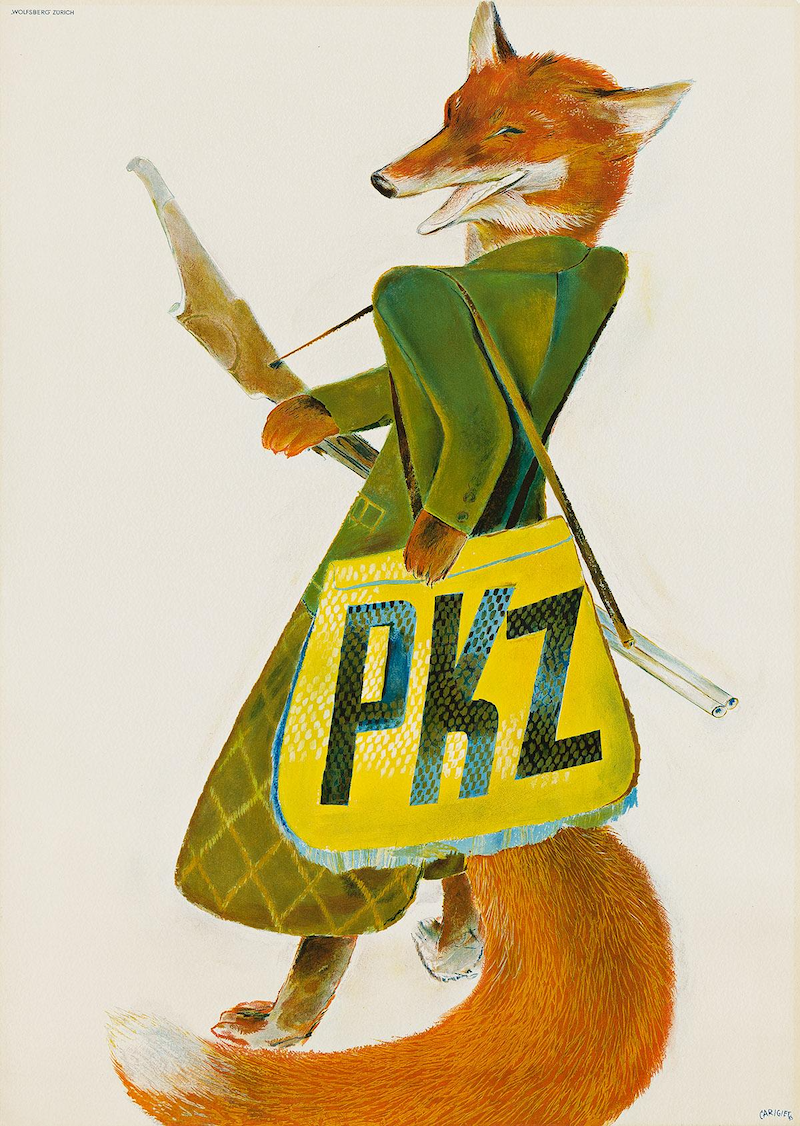
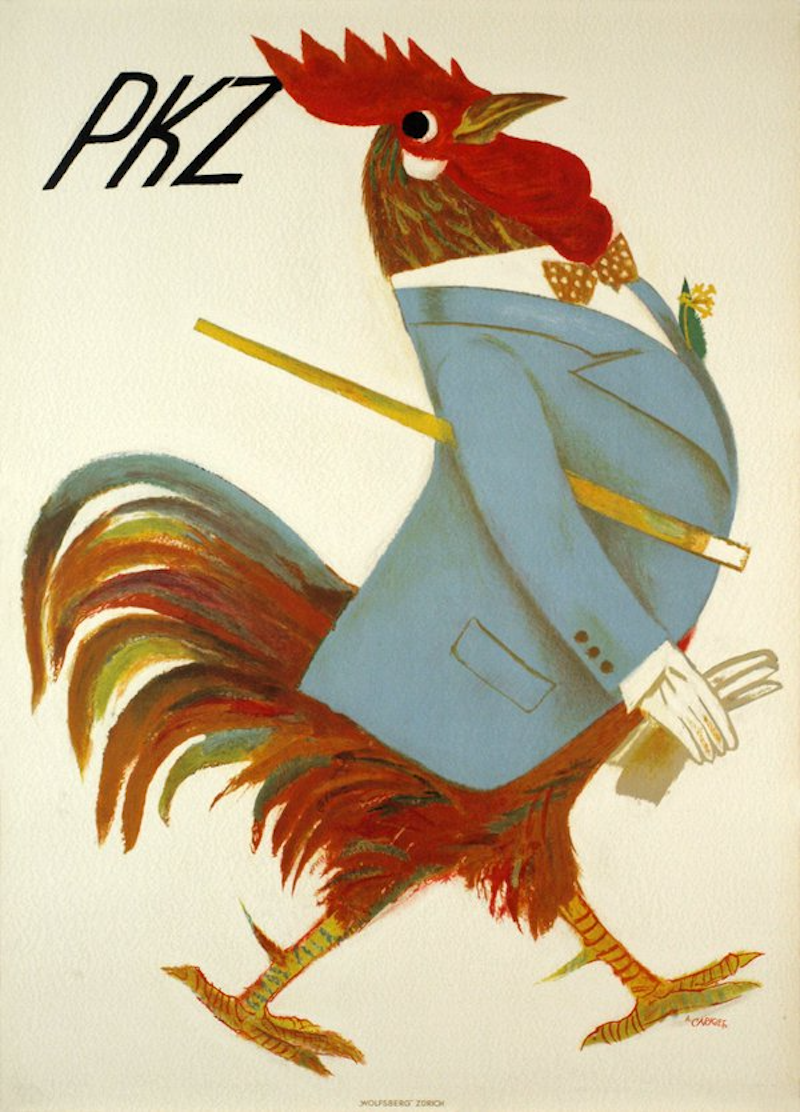
Salvatore Romano, eat your heart out.
In 1934, he co-founded Cabaret Cornichon (great name), an entertainment group known for its politically-charged performances and opposition to fascism. During this time, he designed sets, costumes, and these stupid/fun pickle posters:
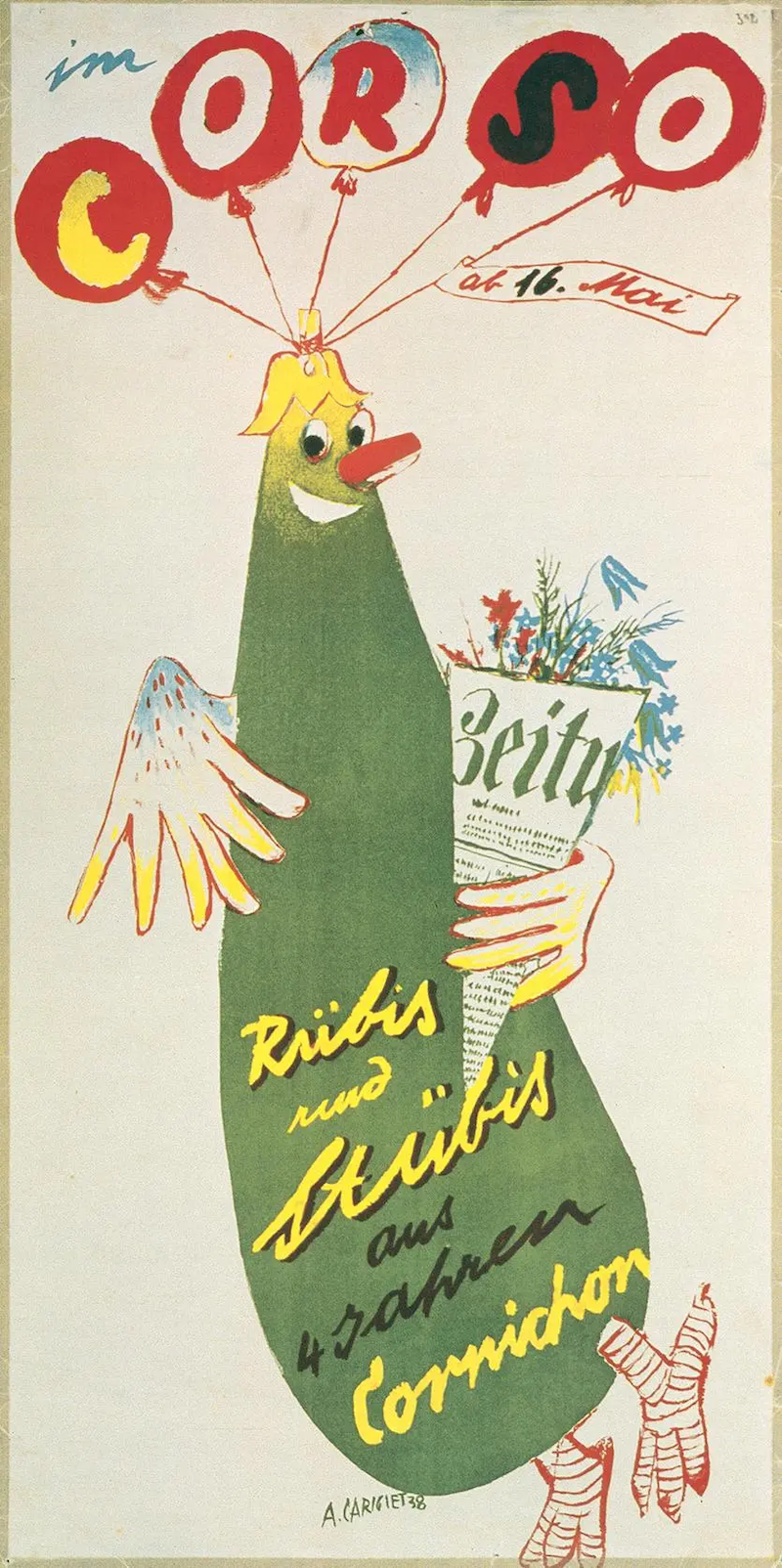
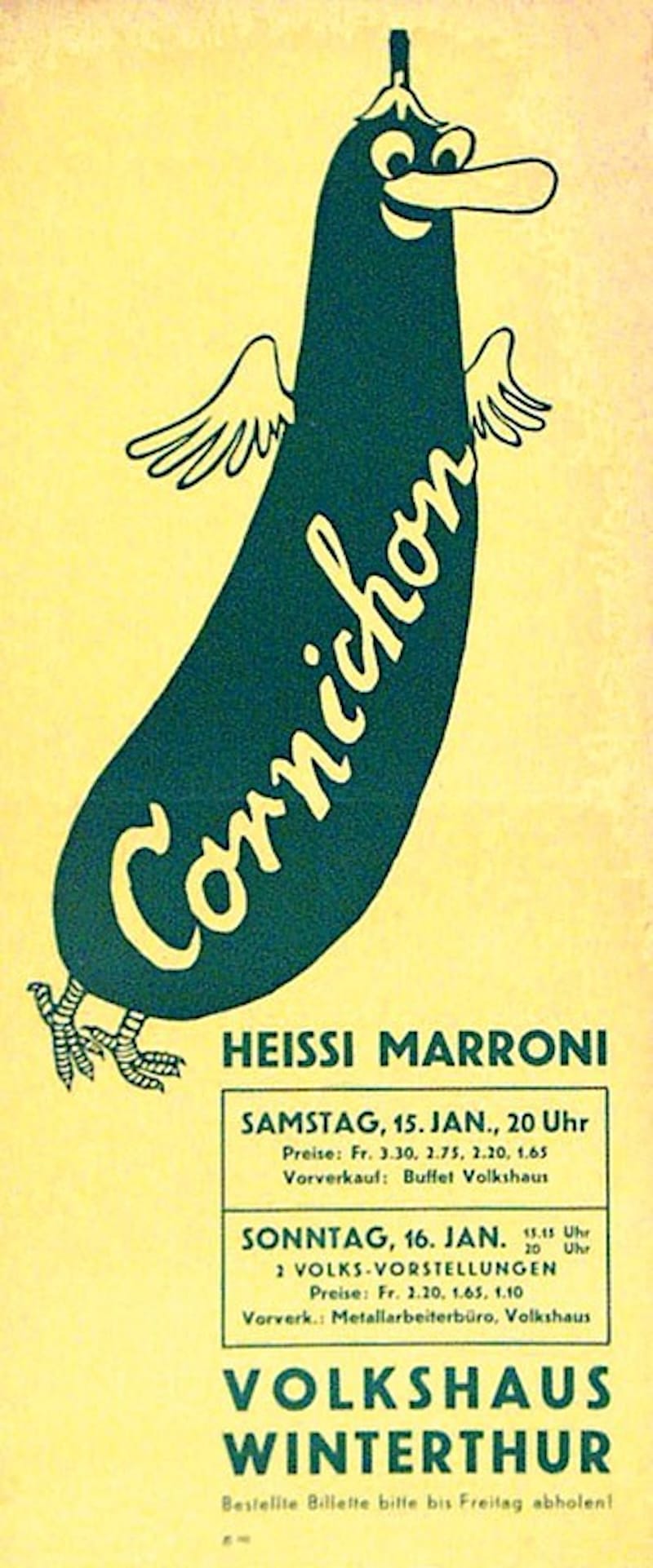
After decades of success in the city, he moved back to his beloved hometown of Trun in 1960 and, inspired by the mountains, created the children's book series that would cement his legacy. In 1966, he won the Hans Christian Andersen Award for illustration. In 1985, he died, probably in his sleep, at the age of 82. If bad things happened in this motherfucker's life, the internet doesn't know about them. His career and overall existence seem charmed, and his idyllic children's illustrations reflect that. Am I unnecessarily idolizing the Swiss because I went on vacation there and had a nice time? Probably.
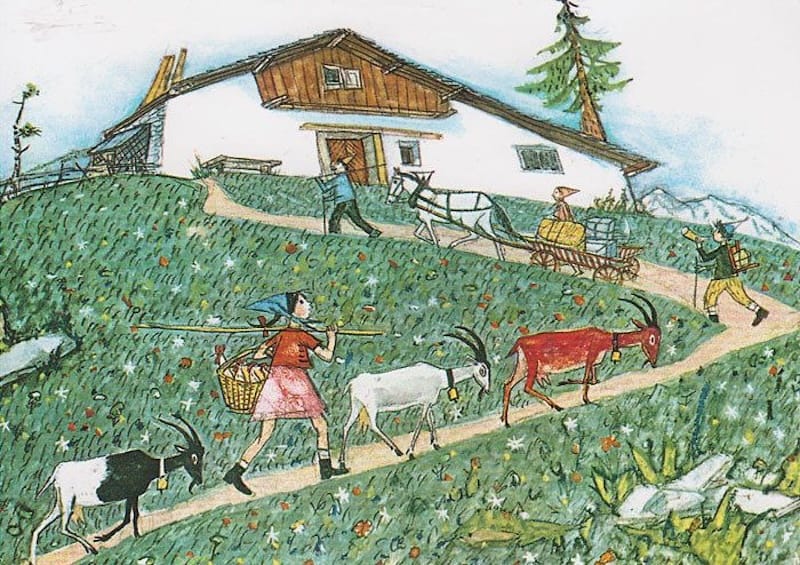
Laura McLaws Helms posted something on Instagram about Keaton that deeply resonated with me:
This one really shocked me—I broke into tears the second I saw the news. Keaton was in a run of films in the 1980s and 1990s where she played mothers much like those of my friends; as a child, I felt she was kind of an every-mother, all of our moms, and I think for many of my generation, we felt that we knew her personally.
A lot of the big movies from my youth — "Baby Boom" (1987), "Father of the Bride" (1991), "Something's Gotta Give" (2003), "The Family Stone" (2005) — feature Keaton as a mom, one who's stylish and cool, meddling and annoying. If she was your own mom, you'd roll your eyes at her in childhood and then probably appreciate her unconditional love as an adult. In "The Family Stone," her character dies of cancer, becoming the sacrificial lamb that saves the movie from descending too far into saccharine nonsense. In "Because I Said So" (2007), the one with Mandy Moore, she plays a character so obnoxious that not having a mom at all seems preferable to putting up with her insanity.
She didn't just play moms, though. In Woody Allen films, she was his foil, the only character preventing his nebbish, socially-awkward schtick from tipping into unbearable territory. Her characters often shared some of the same neuroses, only Keaton knew how to imbue them with vulnerability and levity in a way that Allen never did. (The fact that she continuously defended him breaks my heart.)
She did everything: drama, romance, comedy, absolutely stupid garbage that makes you go, "Wait, Diane Keaton is in this?!" She edited and directed, wore amazing hats and the widest pants imaginable, and I really can't believe she's dead. She seemed like the kind of person who was going to live forever. For good or ill, I'll remember her not only as a turtleneck-wearing Nancy Meyers sex symbol, but as a talking white poodle who demands a bowl of Evian with a water slice. May this multifaceted queen rest in peace.
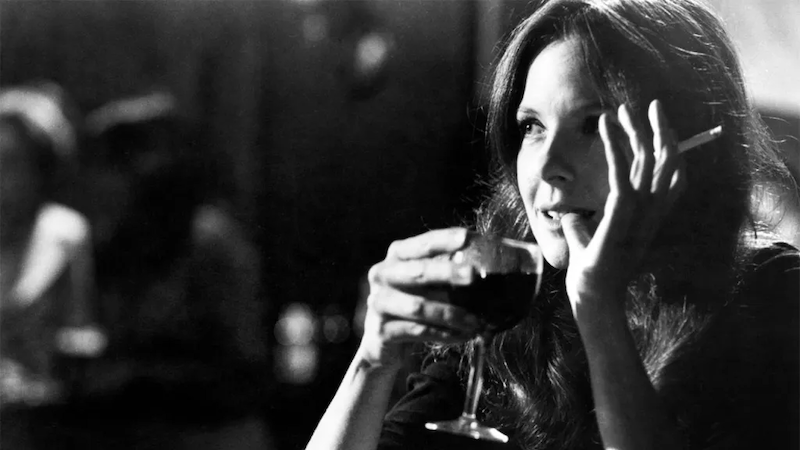
I leave you with two of Margaret Brundage's covers of Weird Tales, a horror/fantasy pulp magazine that she worked for in the 1930s.
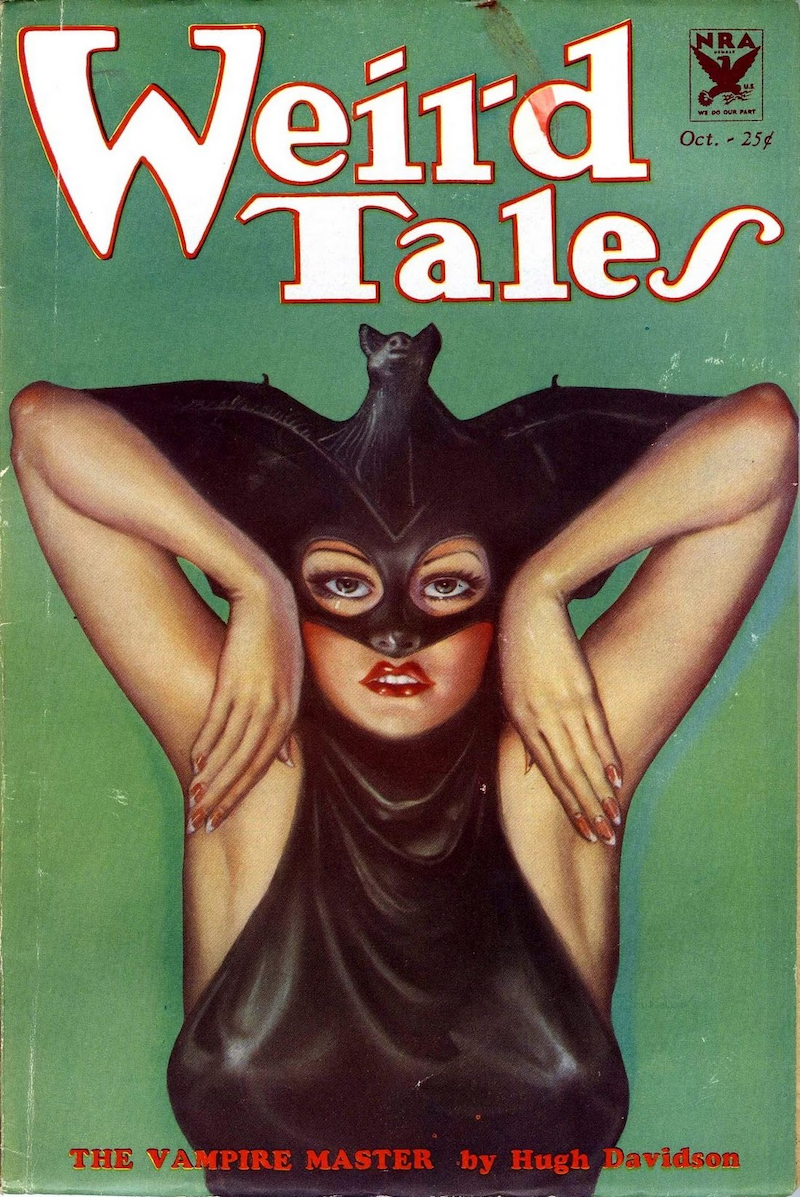
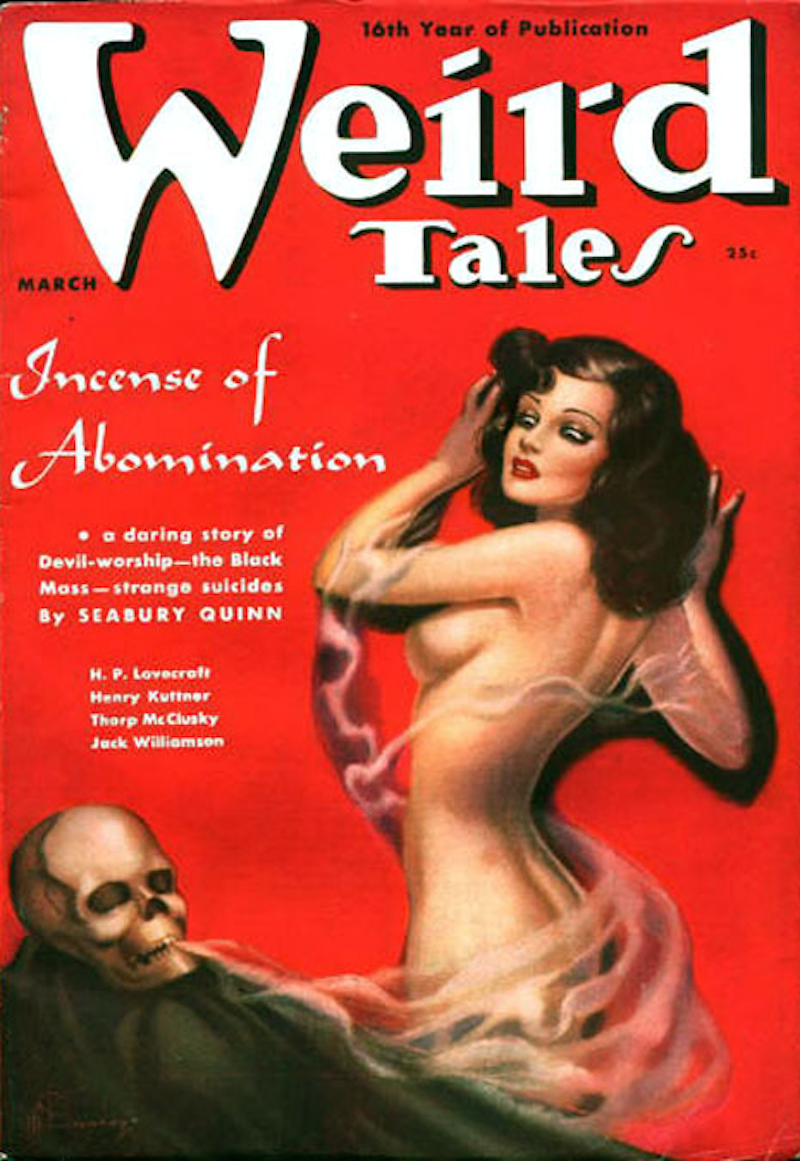
Along with illustration, Brundage worked at the legendary Dill Pickle Club in Chicago. Two pickle mentions in one post... this means something.



